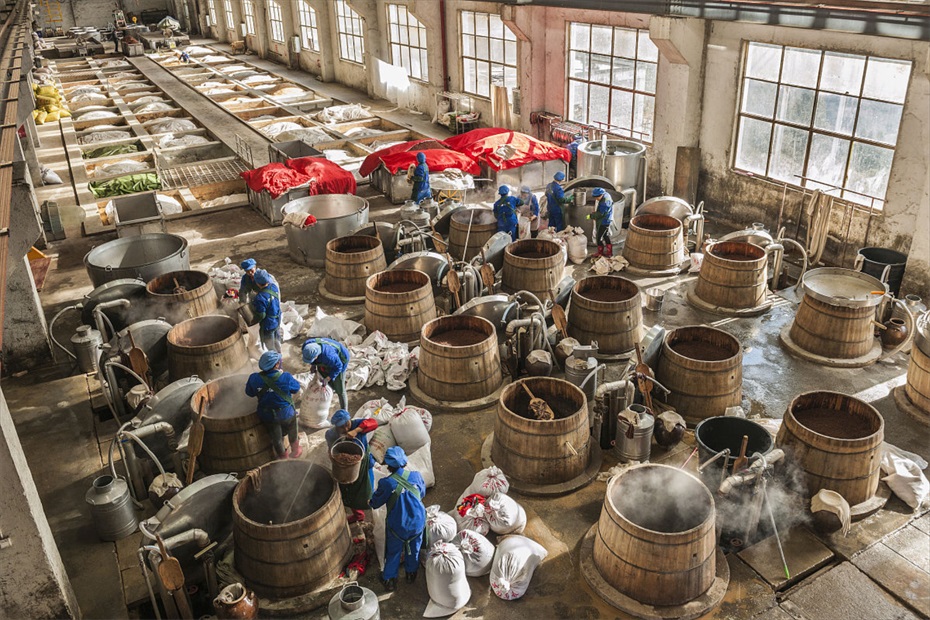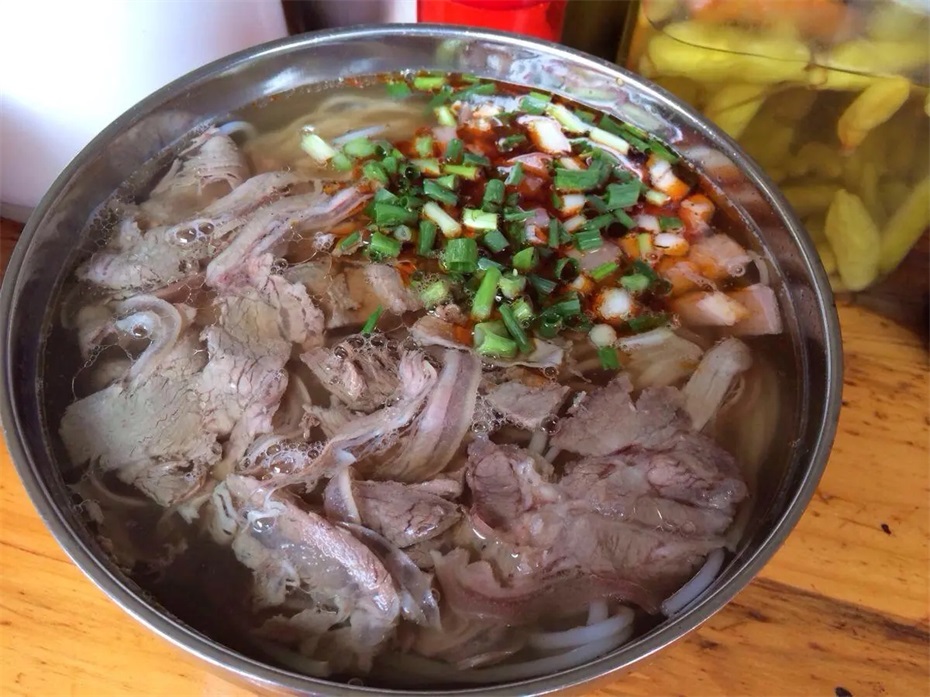Guizhou Province
Overview of Guizhou Province

Guizhou Province, referred to as "Qian" or "Gui" for short, is located in the hinterland of southwest China and the east of the Yunnan-Guizhou Plateau. It is the only province in China that has no plain support. The total area of the province is 176200 square kilometers, with 9 cities (prefectures) under its jurisdiction and a permanent population of 38.56 million people (2022 data). In 2022, the total regional GDP of the province reached 2.02 trillion yuan, and the economic growth rate ranked among the top in the country for 12 consecutive years. It is a comprehensive experimental zone for big data and a demonstration zone for ecological civilization construction in China.
Guizhou Province currently governs 6 prefecture level cities including Guiyang (provincial capital), Liupanshui, Zunyi, Anshun, Bijie, and Tongren, as well as 3 autonomous prefectures including Qiandongnan Miao and Dong Autonomous Prefecture, Qiannan Buyi and Miao Autonomous Prefecture, and Qiannan Buyi and Miao Autonomous Prefecture. As the main battlefield of China's poverty alleviation campaign, Guizhou has achieved a magnificent transformation from "no three days of sunshine, no three miles of flat land, and no three cents of silver for people" to "China's Number of Valleys" and "Bridge Museum", and is becoming an important land transportation hub in the southwest region.
2Īó Geographical features
1. Location characteristics
Guizhou Province is located between 24 ĪŃ 37 Īõ and 29 ĪŃ 13 Īõ north latitude and 103 ĪŃ 36 Īõ and 109 ĪŃ 35 Īõ east longitude. It borders Hunan to the east, Guangxi to the south, Yunnan to the west, and Sichuan and Chongqing to the north. The province is located in the upper reaches of the Yangtze River and the the Pearl River, which is an important channel connecting South China and Central China in the southwest, and an important node in the construction of the "the Belt and Road".
2. Terrain and landforms
The terrain of the province is mainly composed of plateau mountains:
Western region: Wumeng Mountain area (with the highest peak at Jiucaiping at an altitude of 2900.6 meters)
Central region: Miaoling Mountains
Northern region: Dalou Mountains
East: Wuling Mountains
Typical landform: Karst landform (accounting for 73% of the province's area)
3. Water system distribution
Yangtze River system: Wujiang River, Chishui River, Qingshui River
The Pearl River water system: Nanpan River, Beipan River, Duliu River
Lakes: Caohai, Hongfeng Lake, etc
4. Climate characteristics
Belonging to subtropical humid monsoon climate:
Annual average temperature: 14-16 Īµ
Annual precipitation: 1100-1300 millimeters
Significant features: no severe cold in winter, no scorching heat in summer, and frequent rainy and cloudy weather
3Īó Historical context
1. Organizational history
Spring and Autumn Period and Warring States Period: Yelang Kingdom, Cuan Kingdom
During the Qin and Han dynasties, prefectures and counties (such as Yelang County) were established
Ming Dynasty: Guizhou Provincial Administration was established (1413)
Qing Dynasty: Guizhou Province was basically formed
2. Important historical periods
Zunyi Conference: A Turning Point in the Chinese Revolution
Third line construction: layout of important industrial bases
Western Development: Great Infrastructure Development
New Era: The Main Battlefield of Poverty Alleviation
3. Ethnic migration
Miao ethnic group: Chiyou descendants migrate from east to west
Buyi ethnic group: descendants of the ancient Baiyue ethnic group
Dong ethnic group: a branch of the ancient Luoyue ethnic group
Han ethnicity: large-scale immigration during the Ming and Qing dynasties
4Īó Cultural Essence
1. Ethnic cultural characteristics
Miao culture: silver jewelry, embroidery, lusheng
Dong ethnic culture: Drum Tower, Wind and Rain Bridge, Great Song
Buyi culture: Eight tone sitting singing, stone slab houses
Tunpu Culture: Living Fossil of Ming Dynasty Legacy
2. Intangible Cultural Heritage

Folk art: Miao embroidery, wax printing, silver jewelry
Traditional skills: Maotai liquor brewing, Yuping xiao flute
Folk Culture: Sisters' Day, Torch Festival, April 8th
3. Dialect characteristics
Southwest Mandarin: Central Guizhou, Northern Guizhou
Miao language: three major dialect regions
Buyi language: two indigenous languages from the north and south
Dong language: two dialects from the north and south
5Īó Tourist destinations
1. World Heritage Sites

Chishui Danxia
mount fanjing
Hailongtun Tusi Site
2. 5A level scenic spot
Anshun Huangguoshu Waterfall Scenic Area
Bijie Baili Rhododendron Scenic Area
Zhenyuan Ancient City, Qiandongnan Prefecture
Tongren Fanjing Mountain Scenic Area
Zunyi Conference Site Scenic Area
3. Featured tourism
Karst Wonders Tour: Zhijin Cave, Dragon Palace
Ethnic Culture Tour: Xijiang Qianhu Miao Village, Zhaoxing Dong Village
Red Study Tour: Zunyi Conference Site
Summer Vacation Tour: Liupanshui "China's Cool Capital"
6Īó Food map
1. Characteristics of Guizhou cuisine

Zunyi: mutton meal, tofu pudding noodles
Kaili: Sour soup beef, Miaojia pickled fish
Bijie: Weining ham, Zhijin buckwheat jelly
2. Featured snacks
Changwang noodles
Huaxi Beef Noodle
Love Tofu Fruit
Zunyi Chicken Cake
Xingyi lamb powder
3. Specialty drinks
Maotai
Duyun Maojian
Meitan Cuiya
RRTJ
7Īó Development Status
1. Industrial system
Big Data Industry: Guiyang Data Expo
Modern Energy: An Important Energy Base in Southwest China
Tourism Industry: Demonstration Province for Comprehensive Tourism
Modern mountainous characteristic efficient agriculture
2. Transportation network
High speed railway: "Cross shaped" high-speed railway hub
Highway: The mileage of expressways exceeds 8000 kilometers
Aviation: Guiyang Longdongbao International Airport
Bridges: Nearly half of the world's top 100 high bridges are located in Guizhou
3. Innovation ecosystem
National Big Data Comprehensive Experimental Zone
Guizhou Science City
China FAST (FAST)
Gui'an New Area, Guiyang
From the province of thousands of waterfalls to the data cloud, from deep mountain Miao villages to the world's eye, this land of "Park Province" is writing a magnificent chapter of Guizhou's development in the new era with the spirit of "unity and progress, hard work and innovation, hard work, and catching up and surpassing". There is both the majesty of "flying down three thousand feet" and the beauty of "the natural sounds of Dong's big song", which is becoming an important window to show Chinese path to modernization.
simliy
